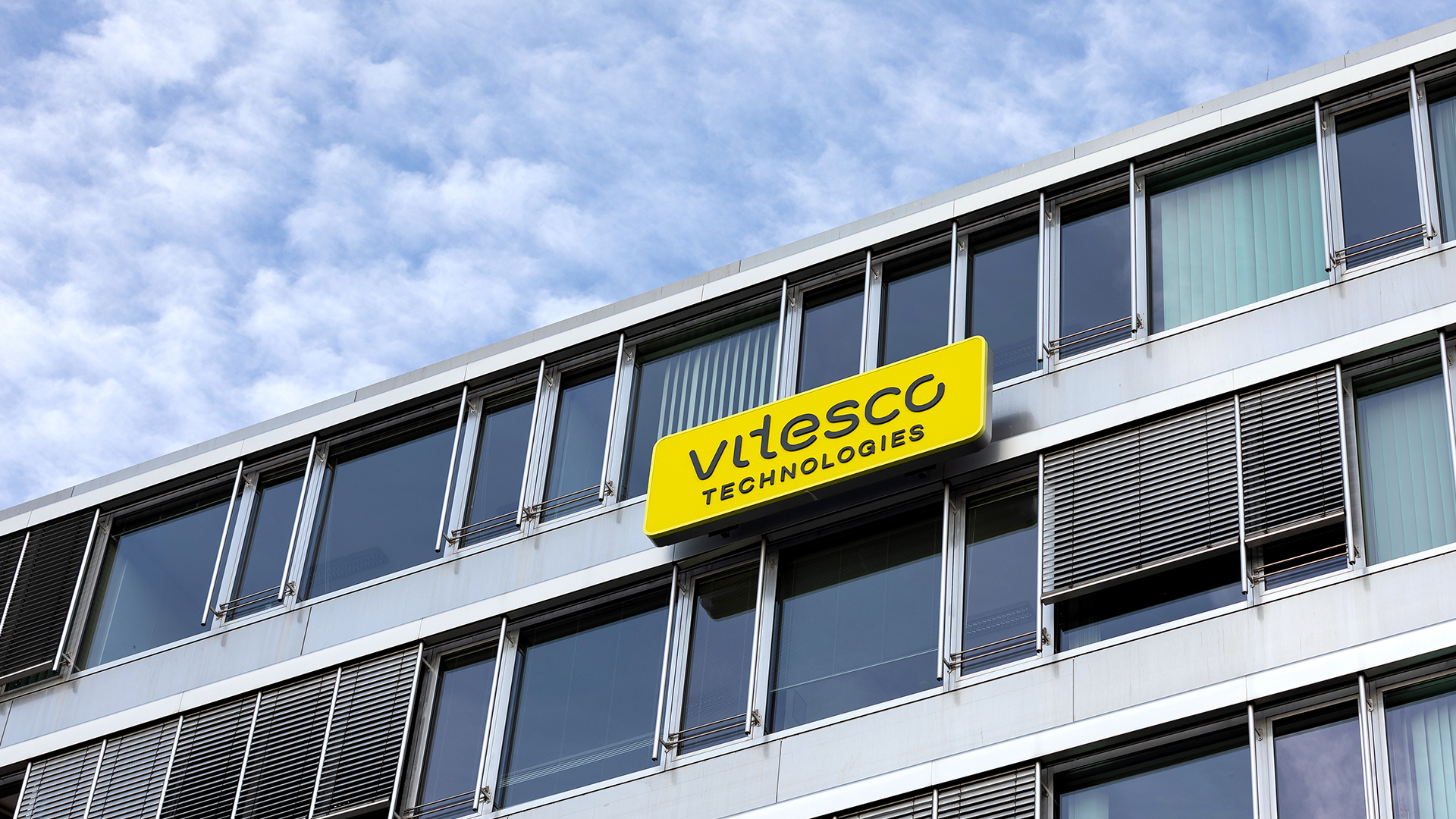








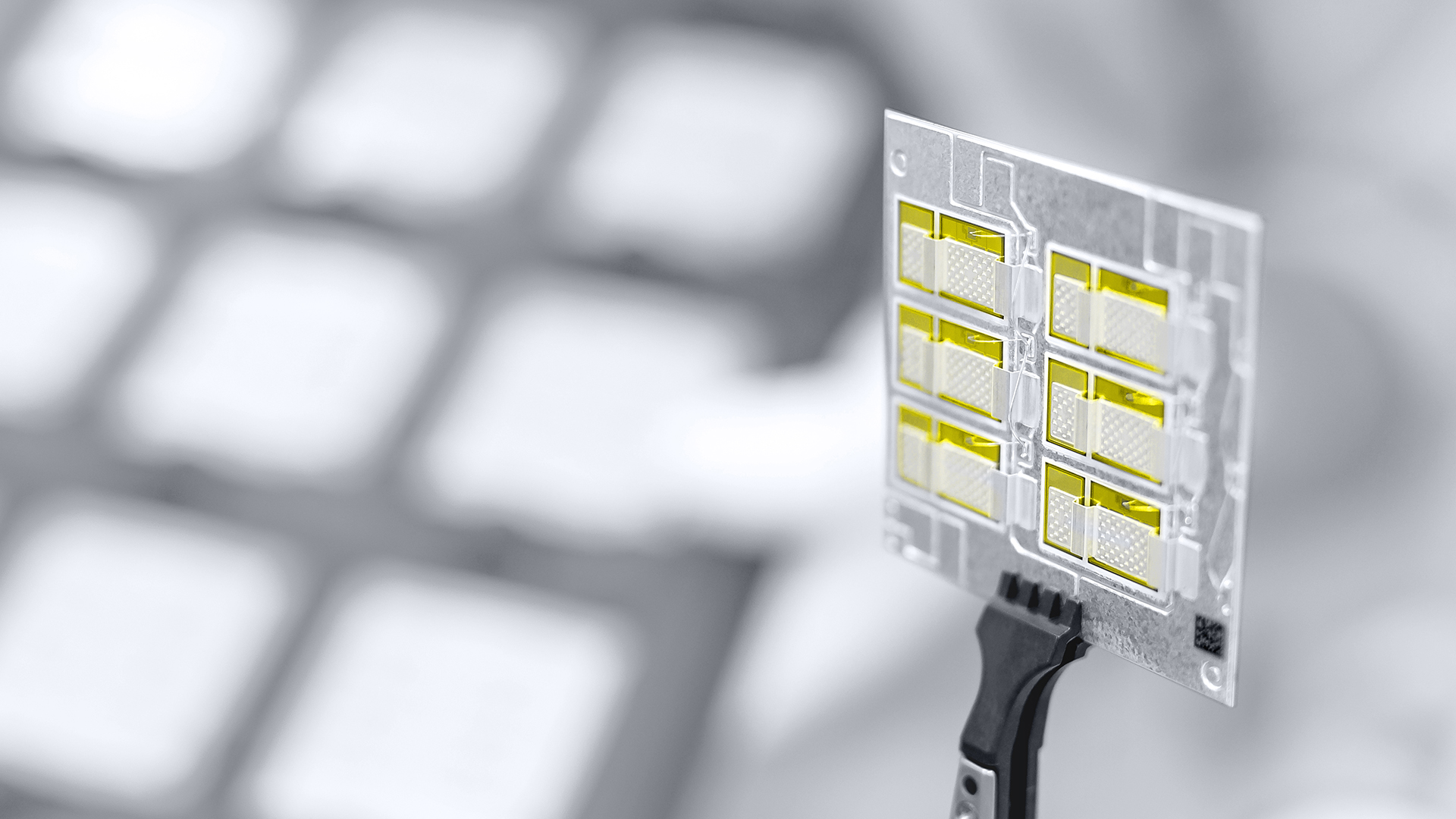
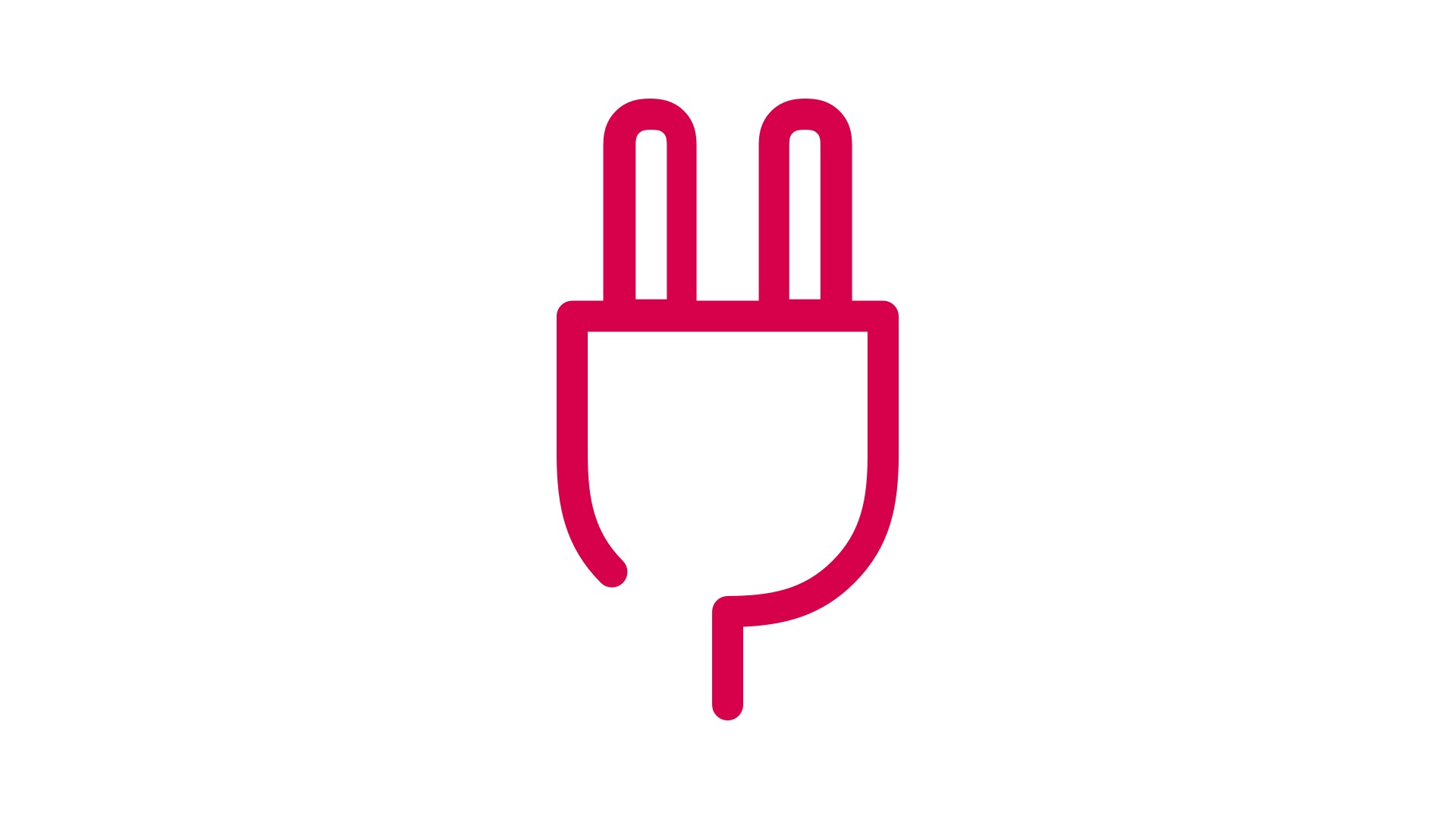

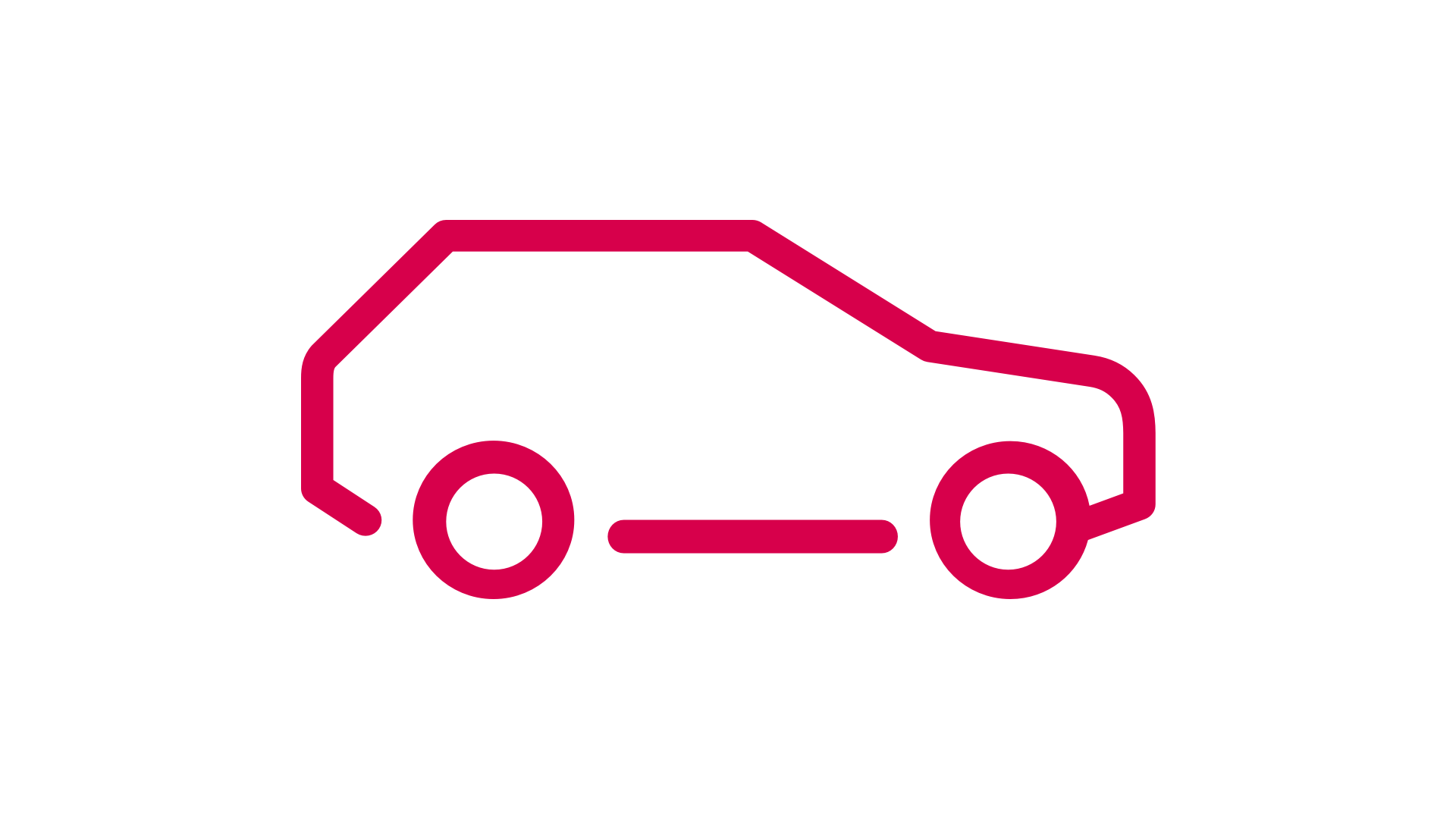
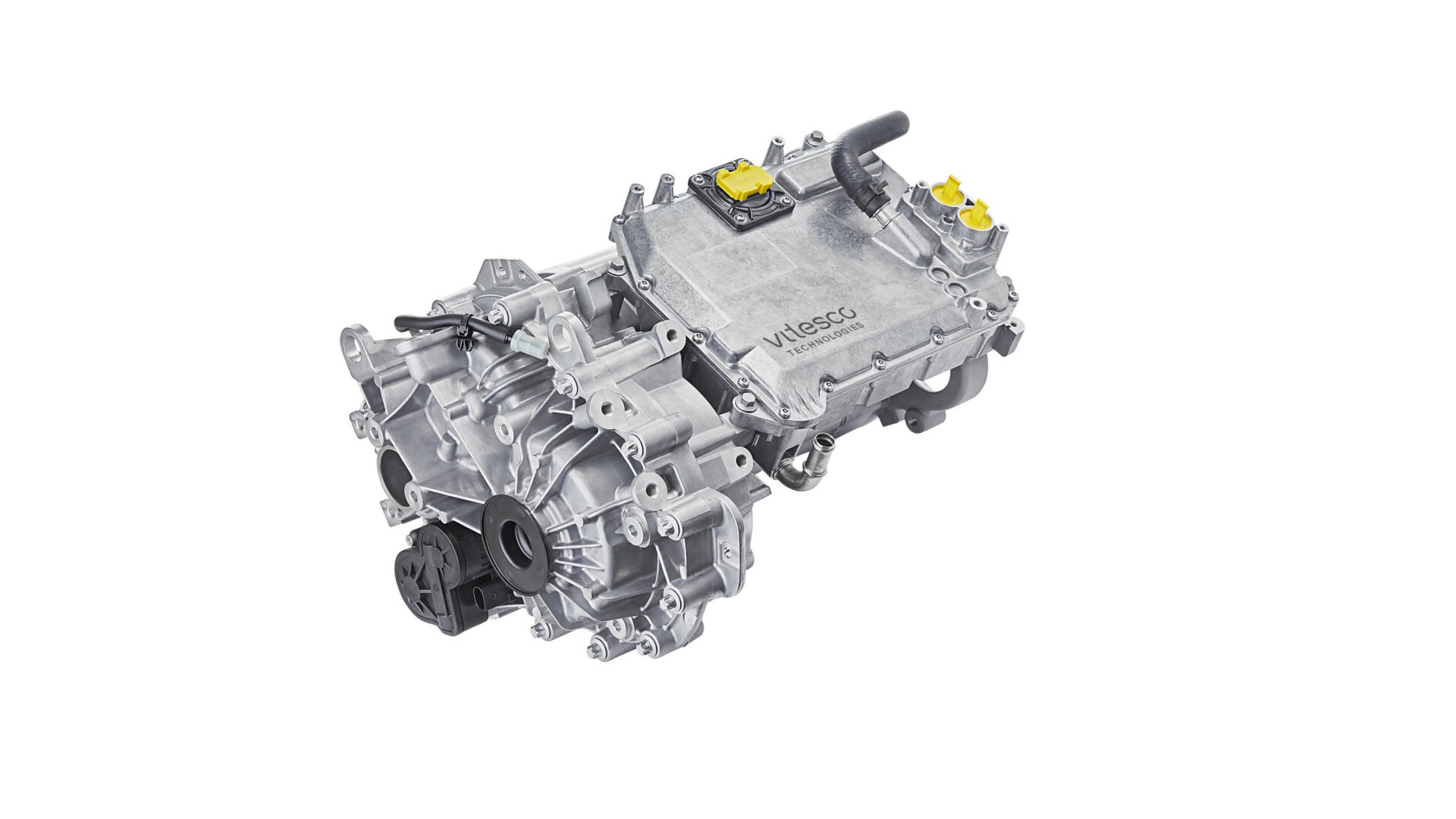
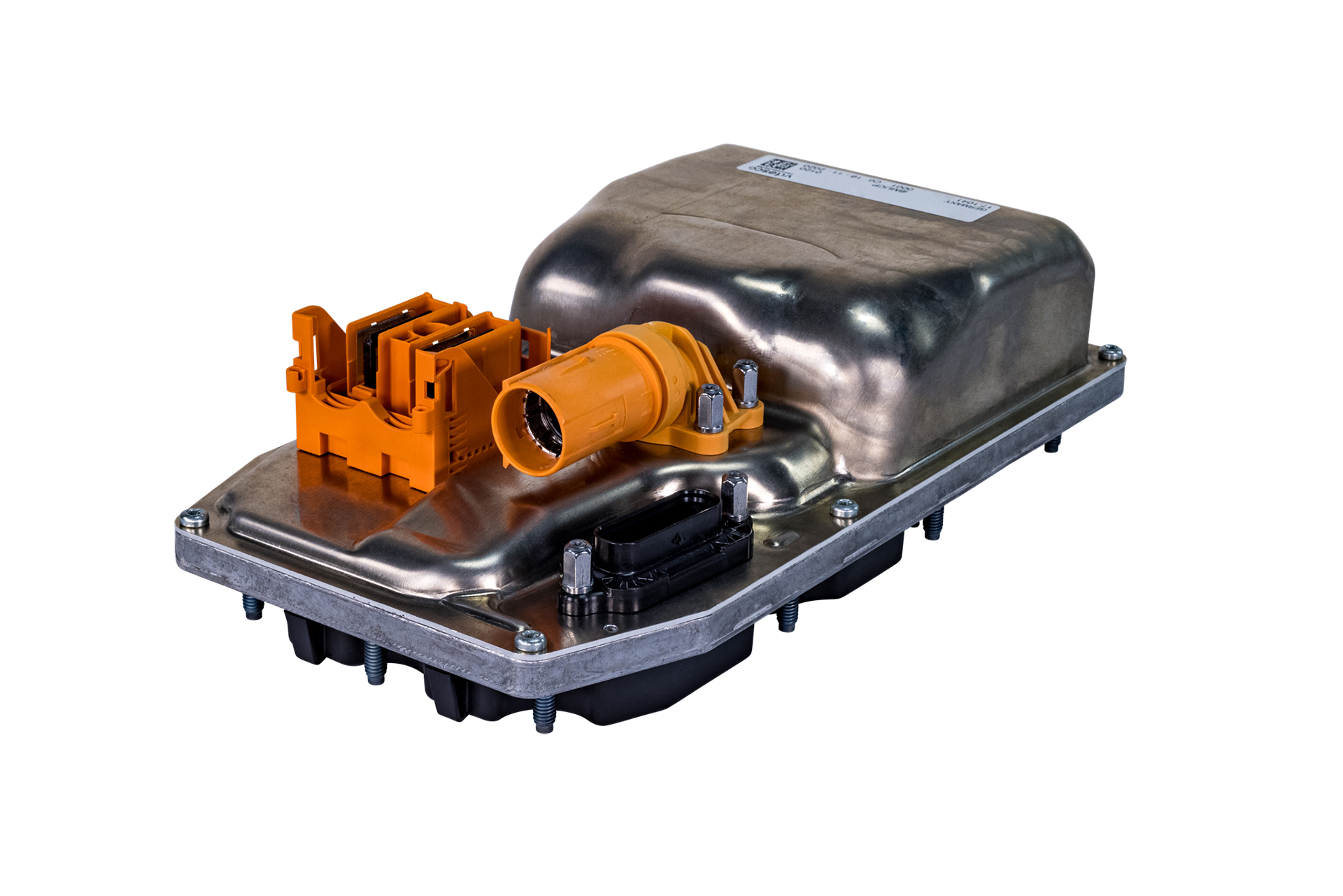
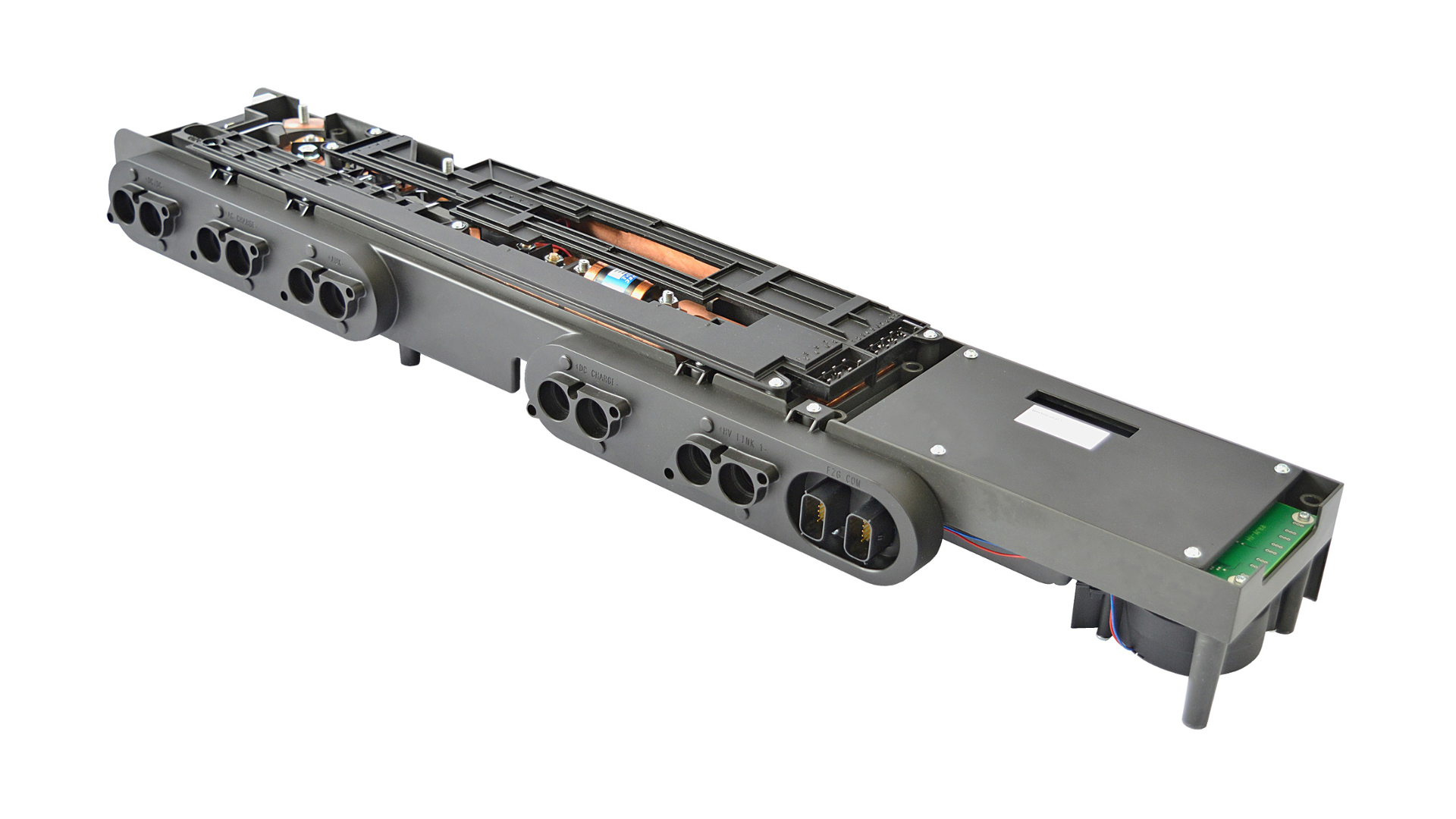
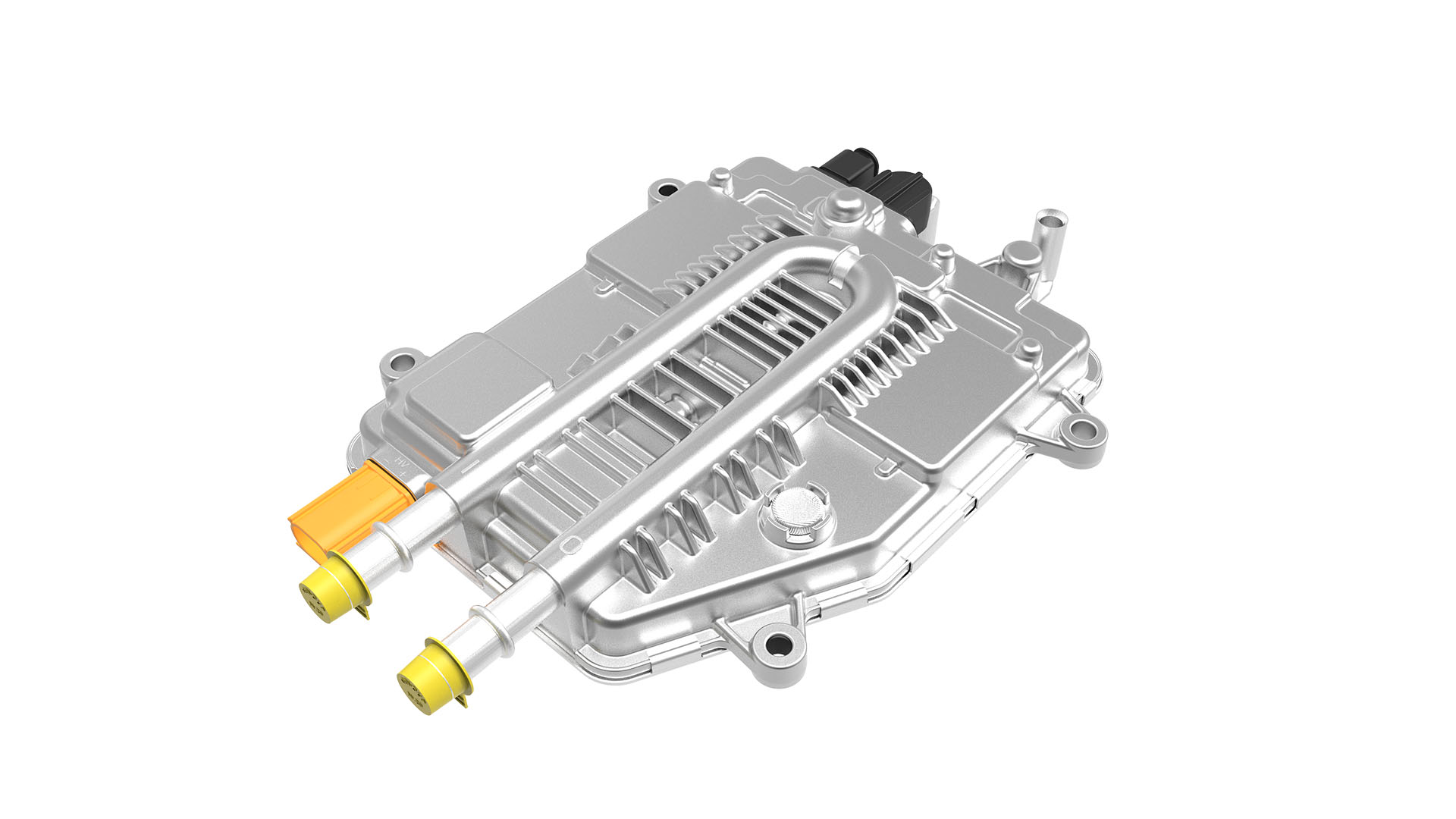
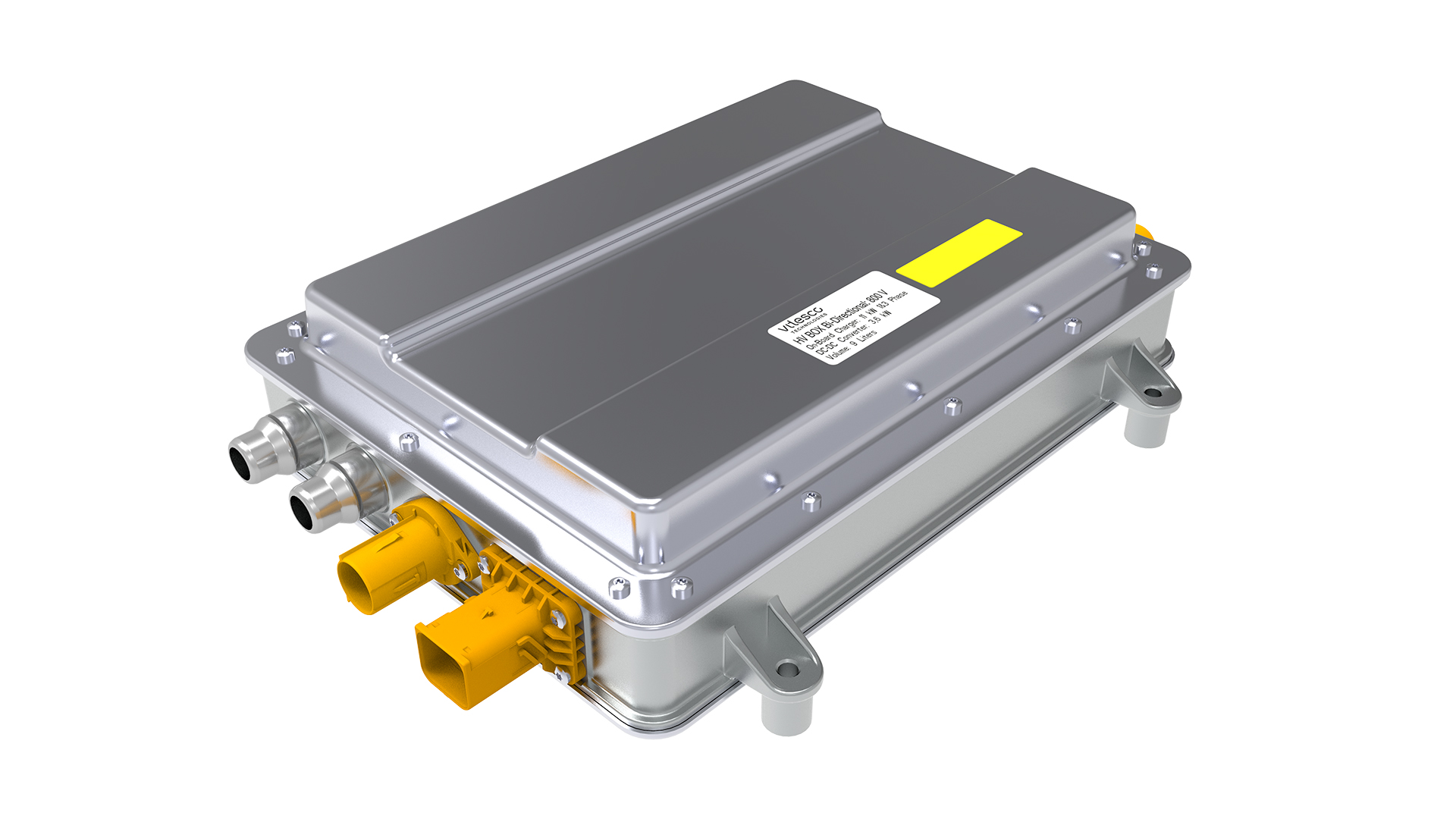
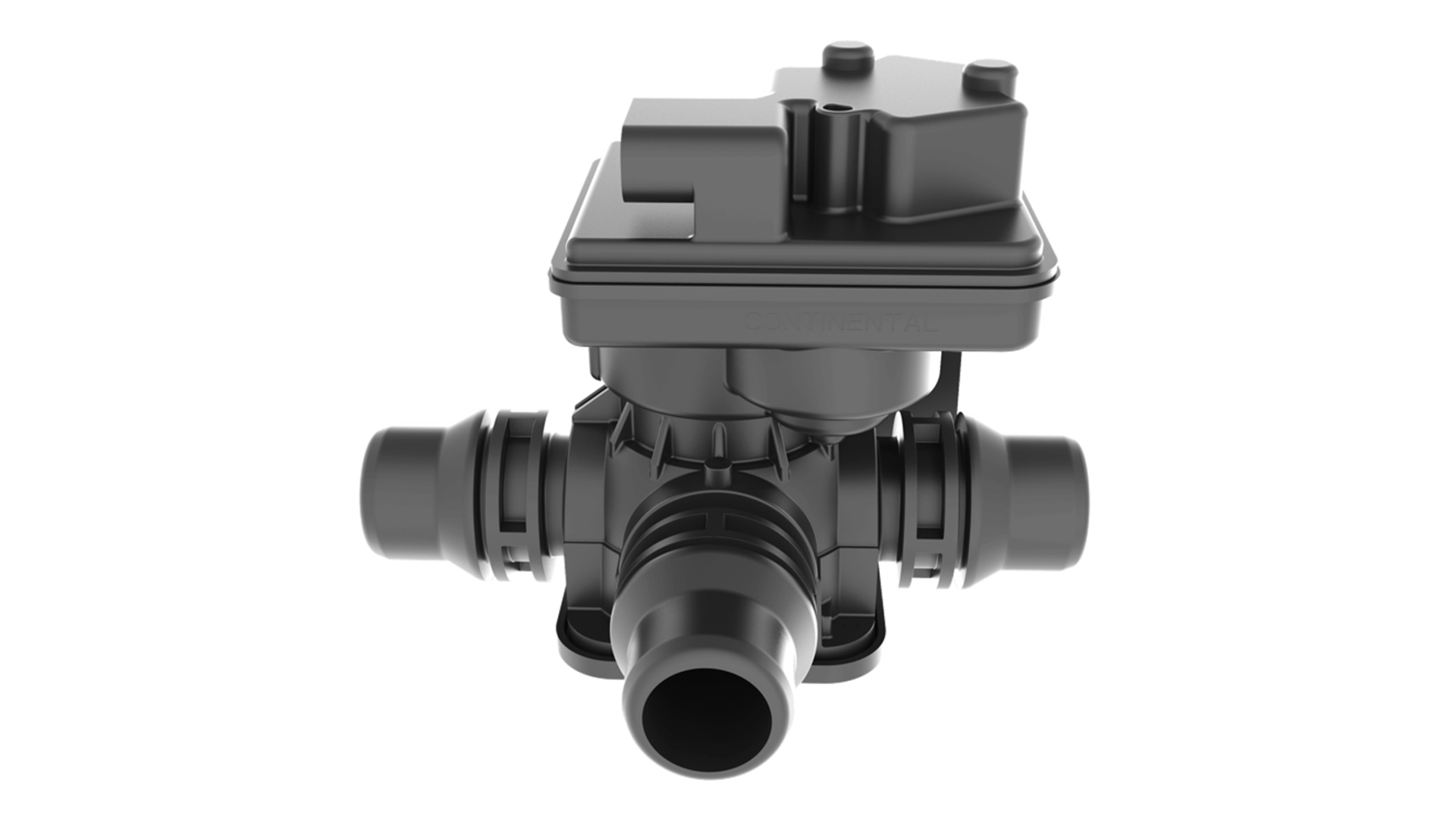
.jpg?width=407&resizemode=force)
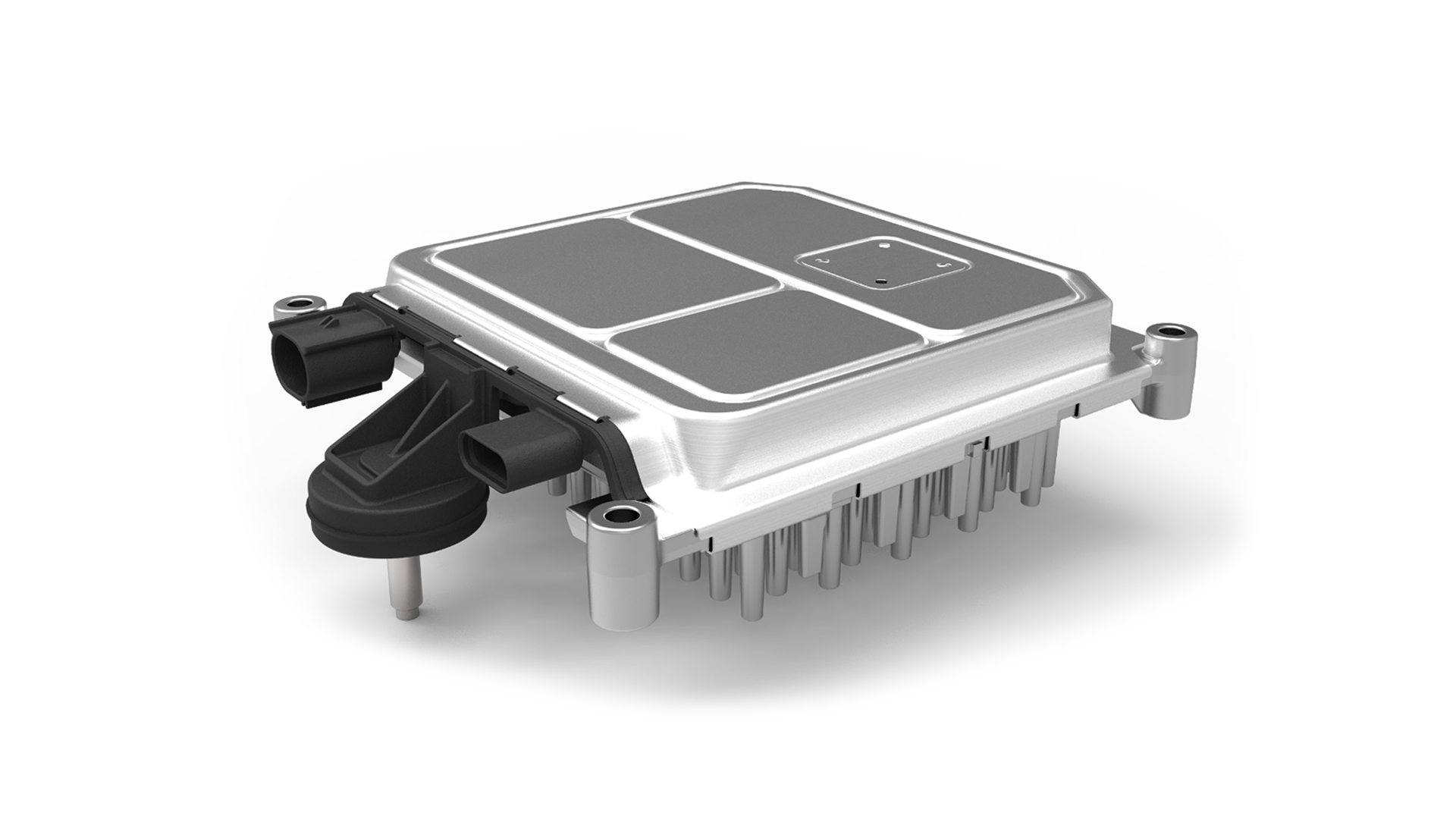

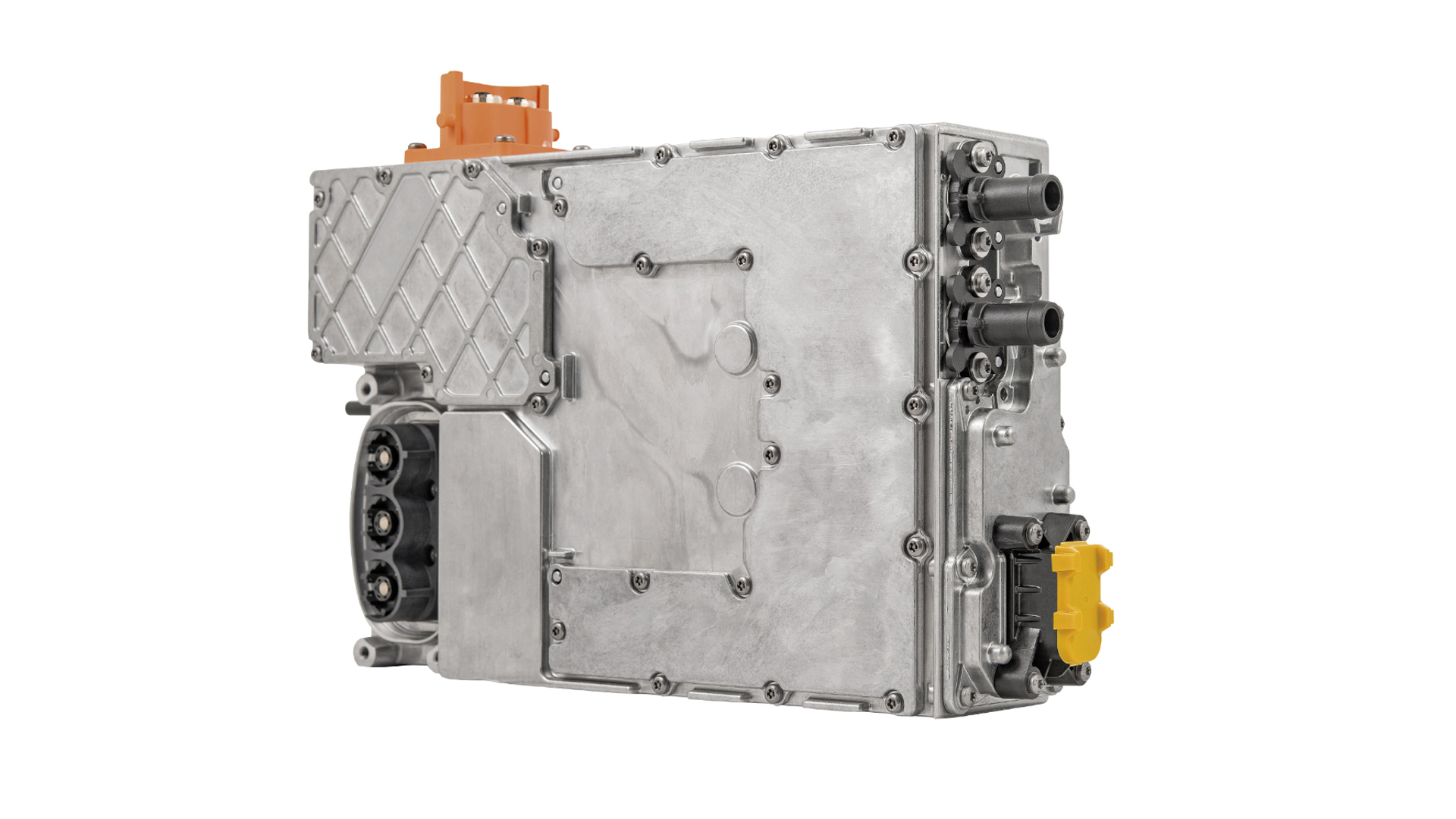
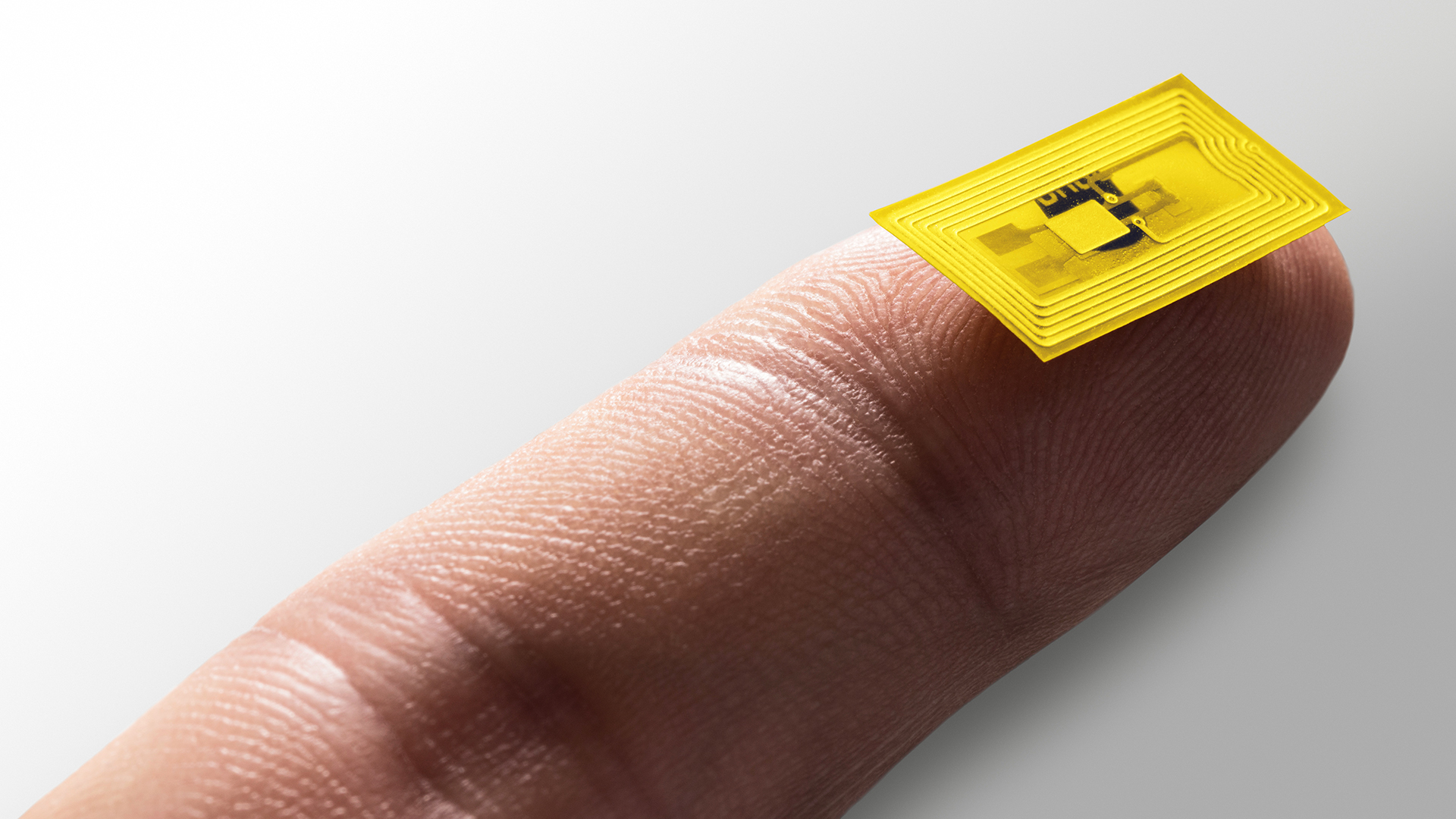

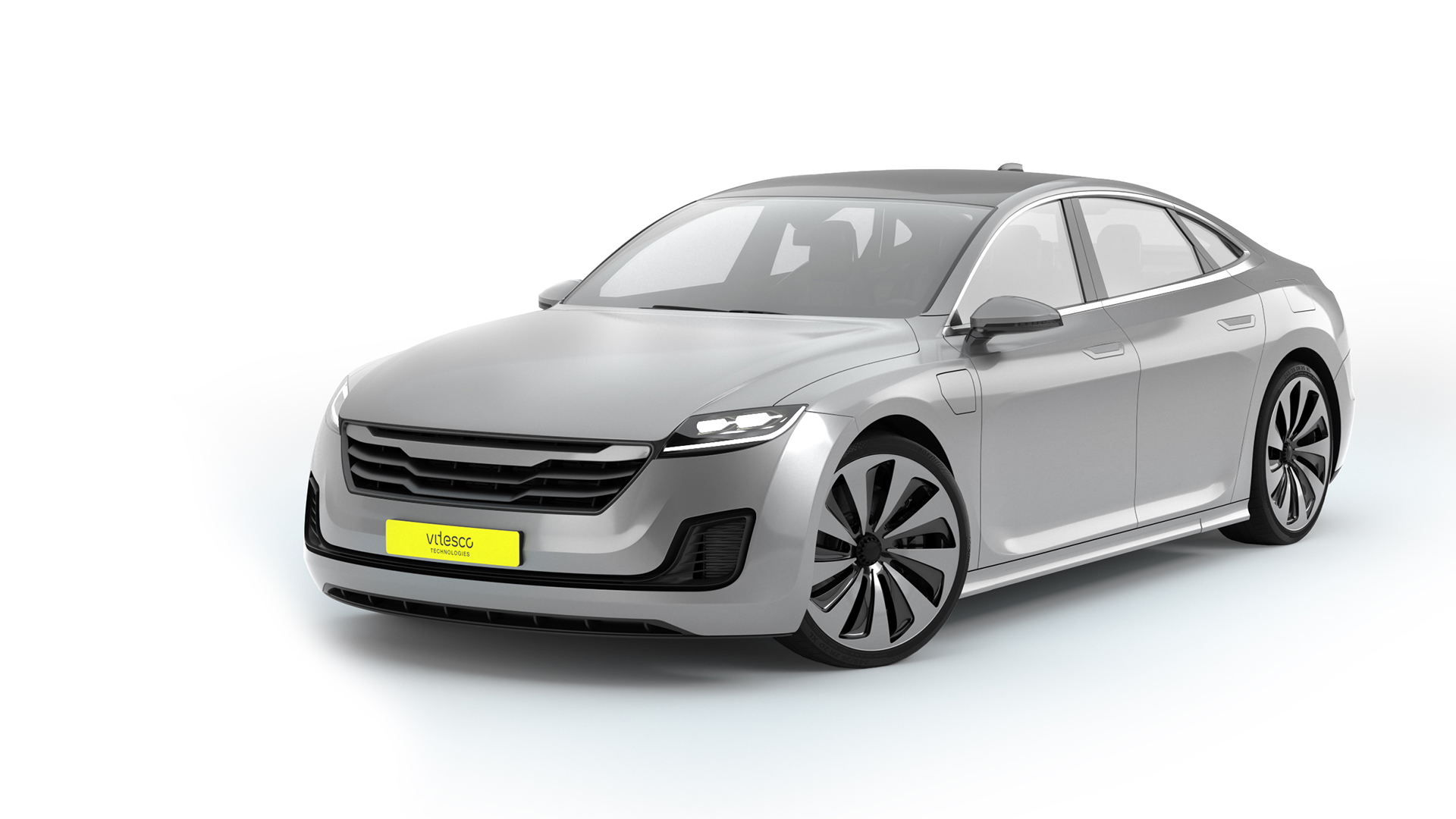


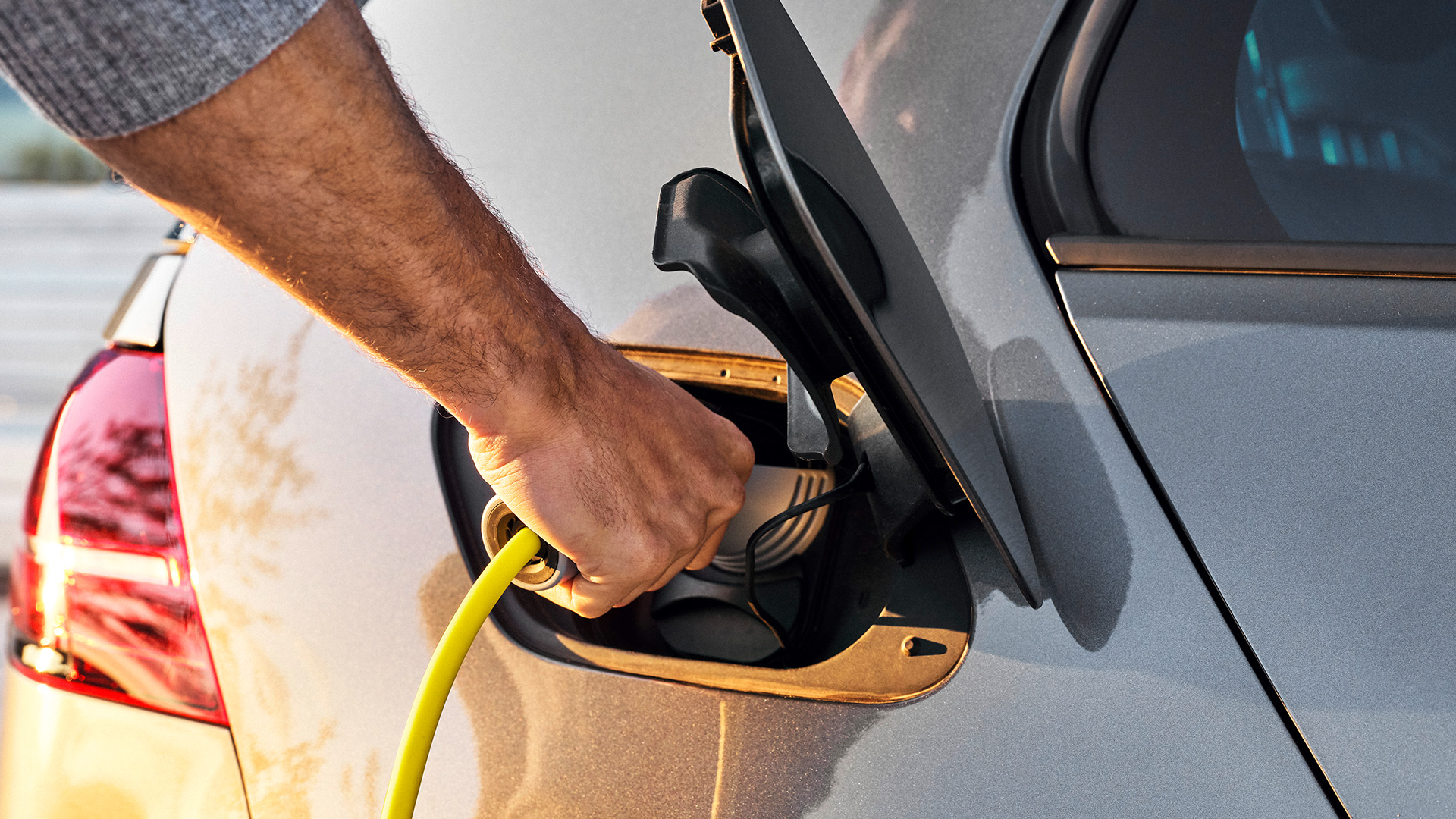
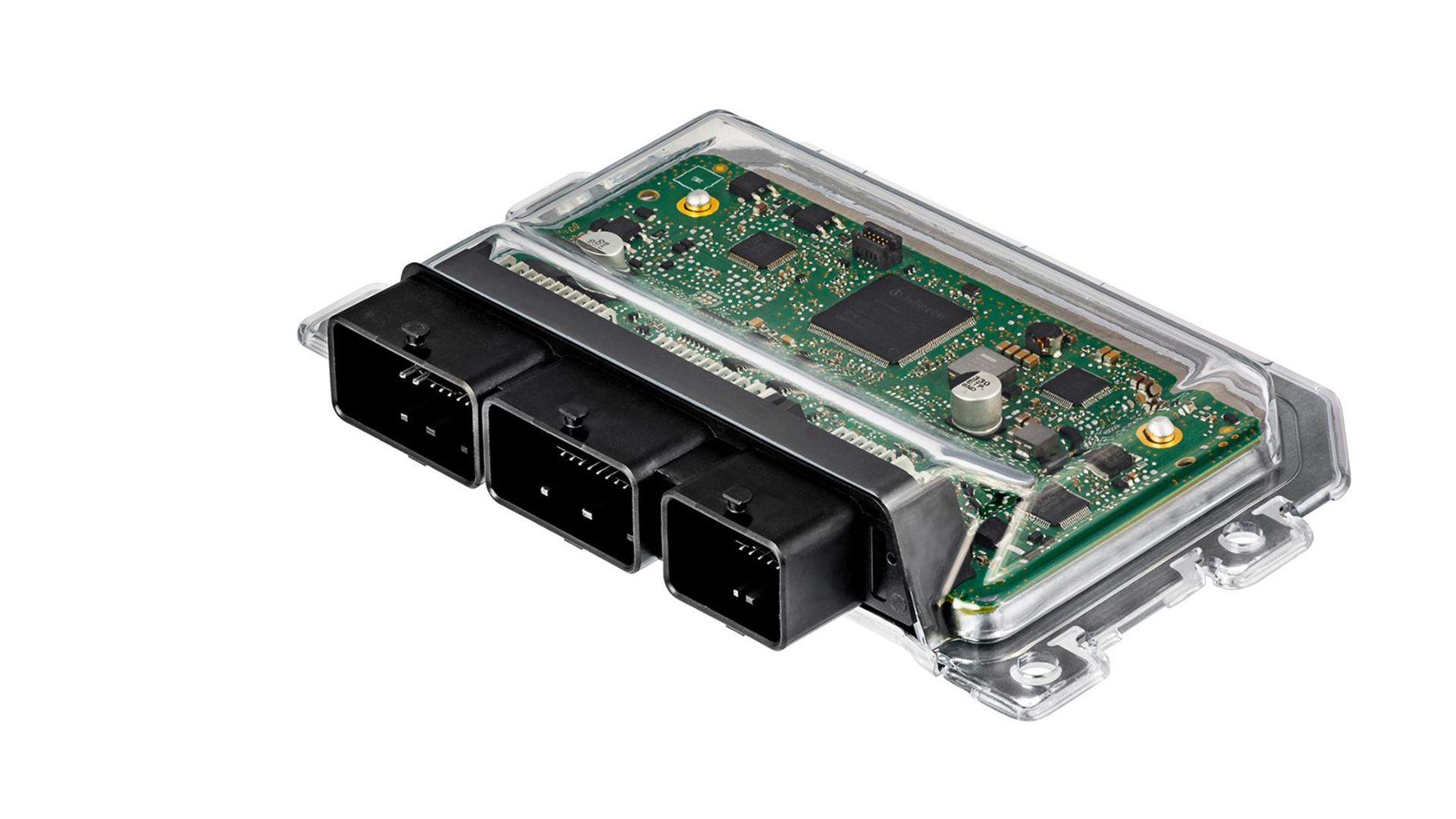
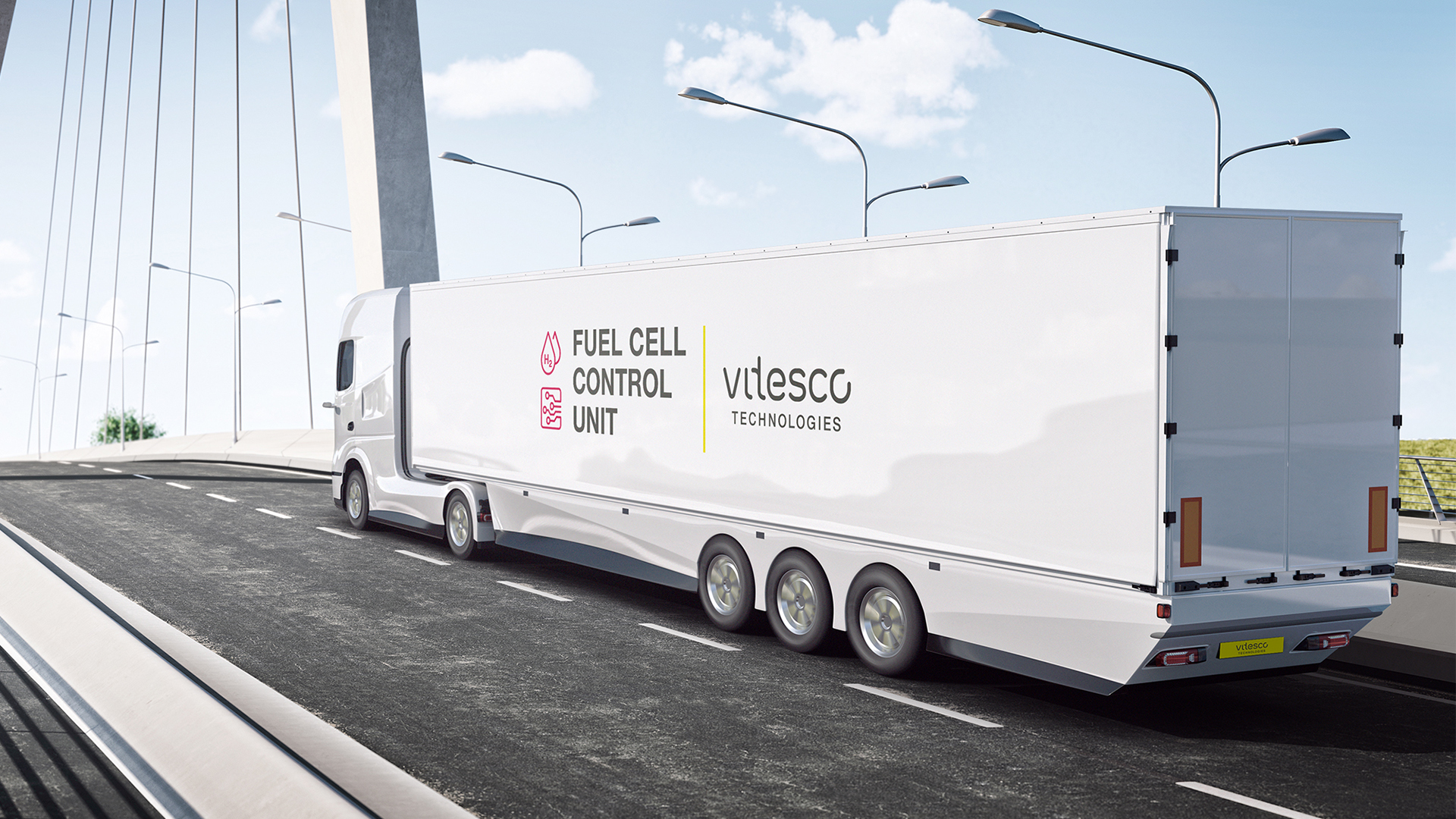




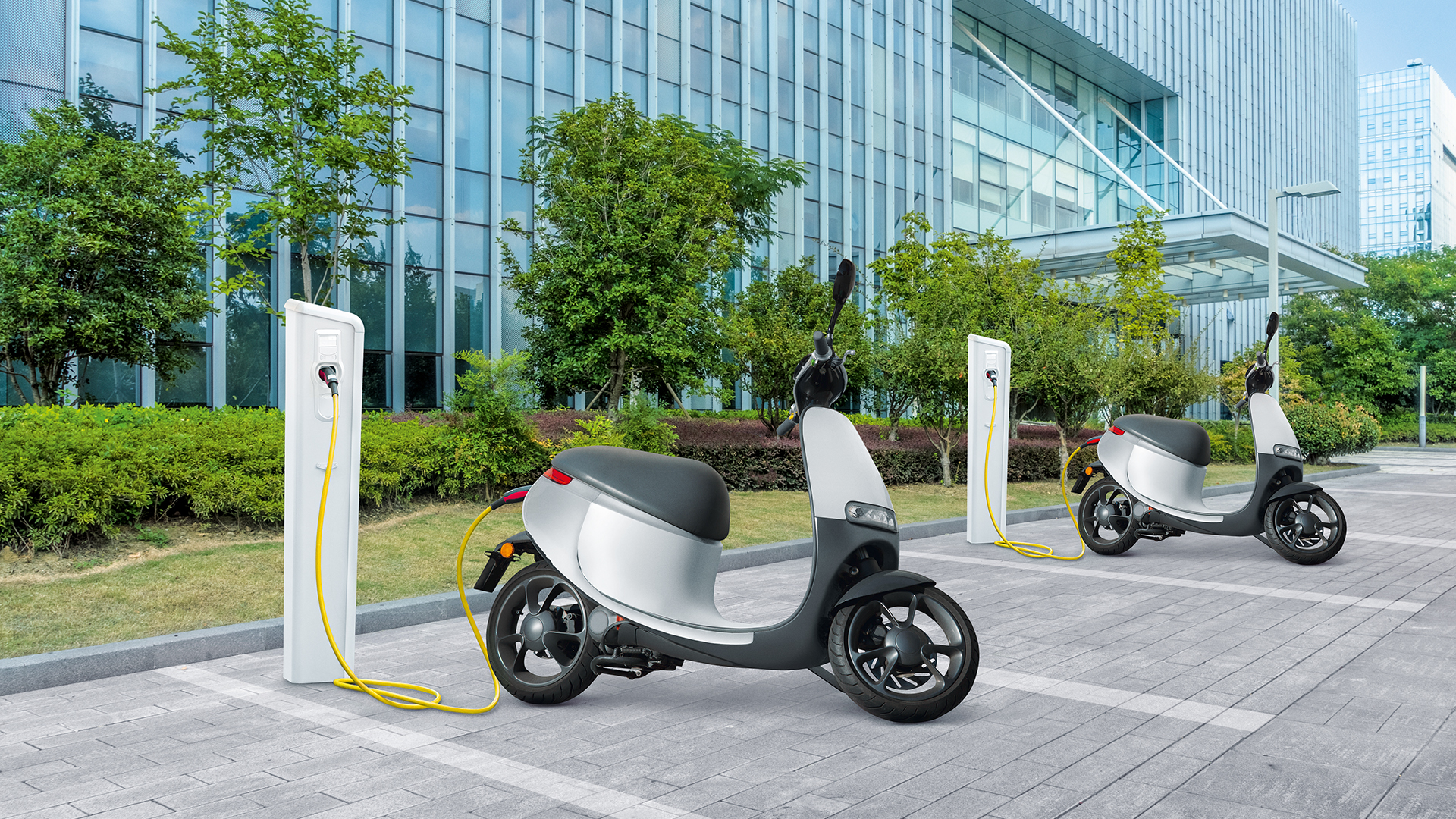
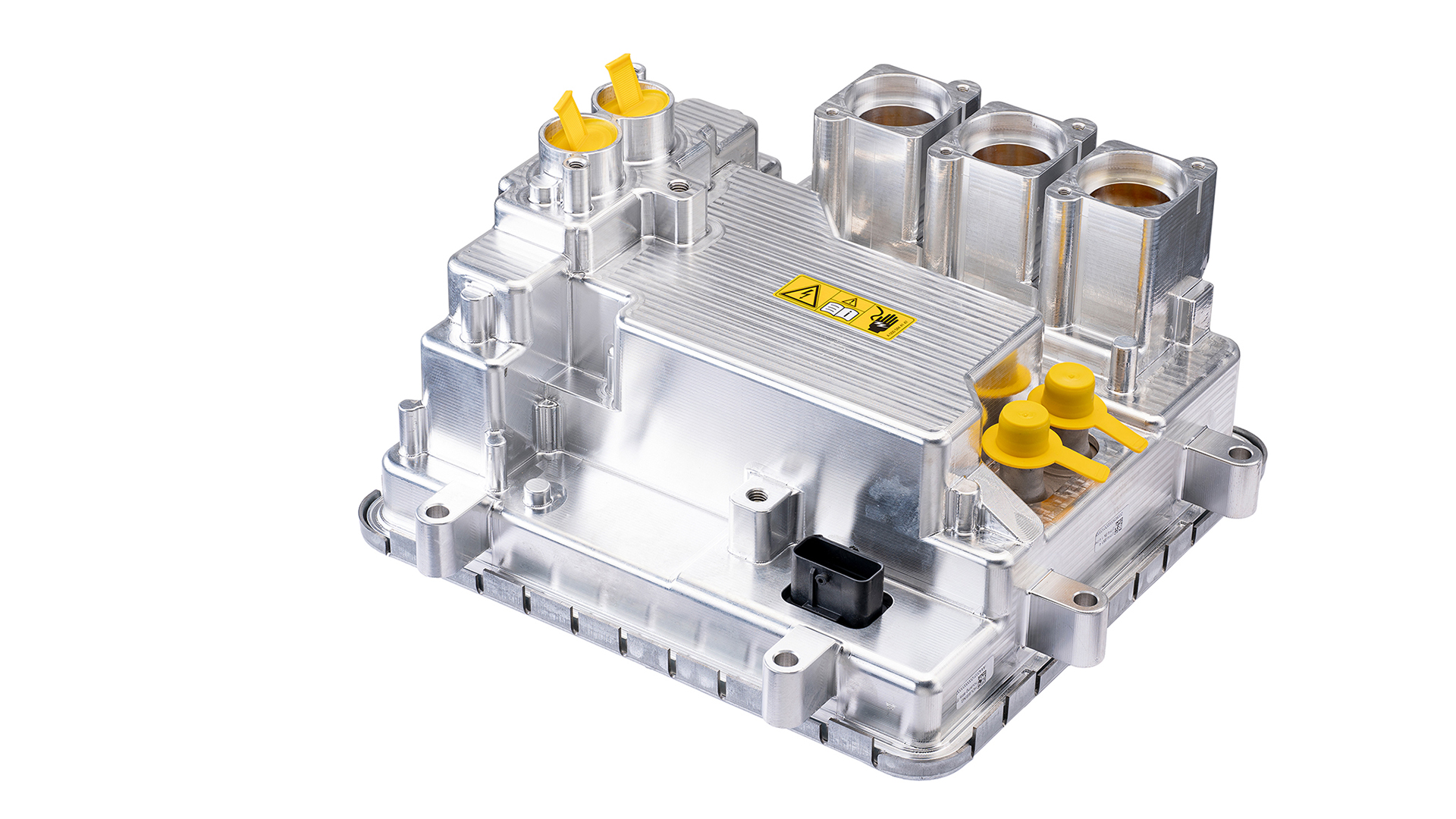

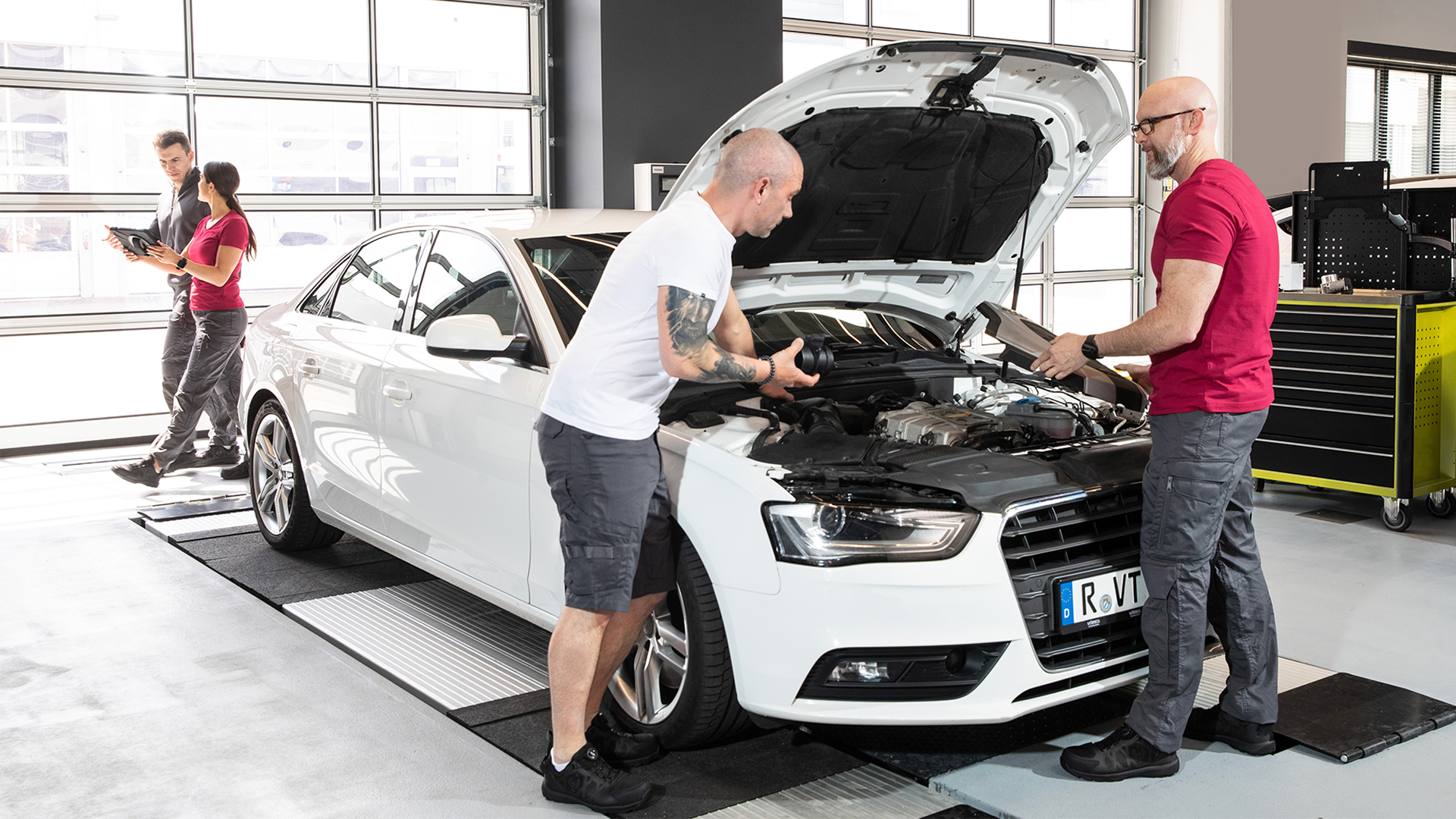

The Vitesco Technologies Group became part of the Schaeffler Group as of October 1, 2024, due to the merger of Vitesco Technologies Group AG into Schaeffler AG.
Please note: Legal or actual changes since October 1, 2024, are therefore no longer reflected in the content of the website.
As the website is no longer updated, we assume no liability for the content of this website, or the linked websites contained therein. The operators of the linked sites are solely responsible for their content.
Irrespective of this, you can still find the current BPCoC and the General Terms and Conditions of Purchase at Vitesco Technologies - Suppliers (vitesco-technologies.com)
Under the following link you will find the current Schaeffler website:



















.jpg?width=407&resizemode=force)




















Regensburg, October 5, 2022. Vitesco Technologies has recently won several orders worth more than 2 billion euros for its innovative Battery Management Systems (BMS). One of Vitesco Technologies’ significant contracts will deliver already a wireless communication version of the battery control units for 400V and 800V BEV architecture. This particular innovative solution reduces the amount of cabling inside the battery saving space and improving range capacity through the use of either a larger battery or by reducing the size and weight of the battery that would otherwise be used.
Battery management is a key function of electric driving: Intelligent BMS solutions consisting of control units, sensors, and application software protect the battery against overheating and ensure a balanced charging state of all cells. This is essential for the safe operation and long battery life. In other words, with its many individual functions the BMS protects the biggest and most valuable single system in an electric vehicle.

The core functions of the battery management are divided between two types of control units: the battery management controller and the cell supervising circuits
© Vitesco Technologies GmbH (exclusive rights)
Battery management: a “hidden champion” in the electric car
The core functions of BMS are divided between two types of control units in the Vitesco Technologies portfolio. The first is the battery management controller permanently monitoring the state of cells and modules. It can trigger a corrective action within the battery when an undesirable operating condition is detected in order to deliver the maximum range and achieve its maximum service life. This is accomplished through the use of a high voltage sensor to monitor and control the high current flows toward the battery. In the case of a crash, the BMS also triggers the electrical isolation of the battery from the rest of the car.
Cell supervising circuits are a second type of controller monitoring and balancing the charging levels of individual battery cells (something which can always occur in Li-Ion cells due to manufacturing tolerances). “For this purpose, Vitesco Technologies is currently developing a new procedure for actively balancing cells (hence: active cell balancing), which can bring another efficiency gain in the order of several percent,” according to Rodrigo Peres, Head of Product Line Battery at Vitesco Technologies.
As a generic development, Vitesco Technologies’ modular BMS portfolio is already prepared to facilitate an integration of its functional parts into other control units. Through this, Vitesco Technologies anticipates a trend in the electric and electronic vehicle architecture: reducing the number of devices by using fewer control units with much higher computing power and with complex software systems.